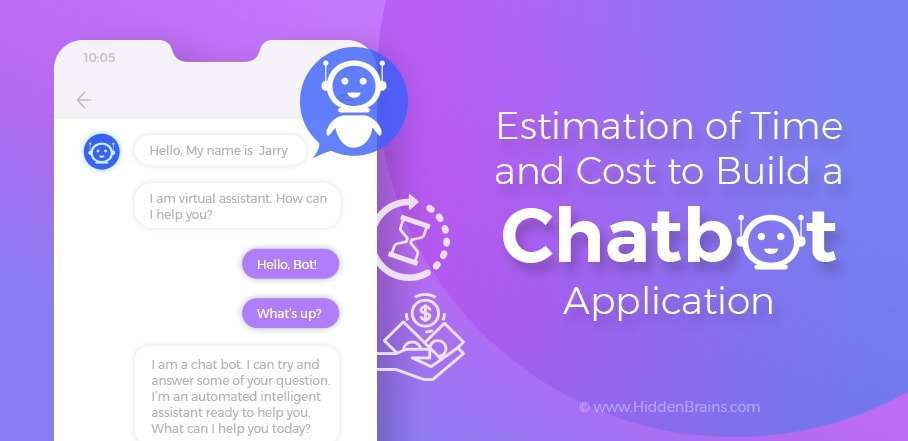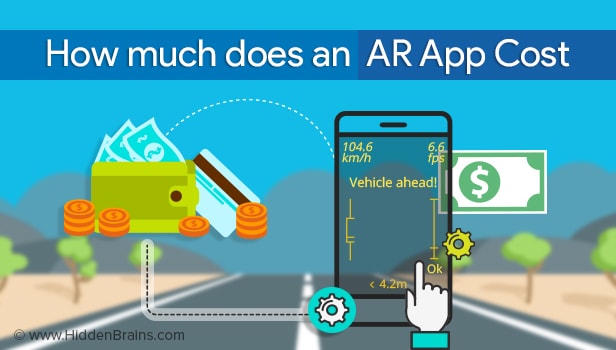If for the first time, a layman was introduced to the concept of Augmented reality, it was during Pokemon GO. People, without even realizing they were interacting with one of the most advanced techs, installed and played the game.
This is a prime example of Enhanced Consumer Experience in with Augmented Reality.
The first functional AR was developed in the 1990s. Yes, you read that right!
Today, people are interacting with Augmented reality and Virtual reality like a breeze. According to one survey, 60% to 70% of consumers see clear benefits in using AR and IoT devices in their daily life.
67 percent of companies are considering adoption of augmented reality in the enterprise, reveals one survey.
Let’s find out the real-life applications of Augmented reality in Enterprises.
Analysis and Design
Augmented reality and Virtual reality are providing enterprises solutions in the product-design process. VR headsets are used by designers to create, model, design, and test products in a realistically simulated environment, thereby enhancing the quality.
Sectors like Aerospace, Automotive, Industrial Products, Real-estate, and technology make use AR and VR which helps them reduce production costs drastically. German car manufacturer BMW has incorporated VR to design and prototype their automobiles virtually.
Additionally, Augmented reality has also helped enterprises get better insights into the traditional workflow with new techniques to analyze data. Banks have started using proof-of-concept virtual workstations in order to better visualize trading and banking trends and manipulate these complex data sets from user’s FOV (Field Of View).
Intelligent Collaboration
Any technology that provides enterprise technology solutions aims at streamlining the business. Similarly, AR devices are helping enterprises create a steady and collaborative environment.
Augmented reality provides the right kind of guidance for those who perform service in the field by providing hands-free information all the while completing a task that requires manual labor such as maintenance or repair.
One such example includes GE. They have tested a ‘Smart Helmet’, developed by Italian AR company VRMedia. The workers wearing this smart helmet and working on a remote location can contact their colleagues sitting in Air-conditioned headquarters halfway around the world, help them make targeted decisions by summoning documents, videos, procedures, and drawings to the helmet’s visor.
Training And Development
With Augmented reality app development, companies create immersive apps for organizations that focus on providing education and training. Certain environments are explicitly manipulated for applications that are designed to provide therapies that train patients with PTSD, to manage their pain or to engage in rehabilitation.
Many enterprises from diverse industries, including healthcare, aeronautics, and education train their staff at lower costs thereby reducing risks. This technology also helps learners retain more information in less amount of time.
Airlines are experimenting to train pilots in virtual cockpits. Schools and colleges focus on sending their students to virtual field trips. Medical surgeons are trained in a simulated environment to operate on a patient’s body.
Improved Customer Experience
Marketing departments of companies are coming up with innovative campaigns harnessing the use of Augmented Reality. Customers are now able to interact with products like never before.
IKEA, the furniture giant, has benefited with the augmented reality app development. Their AR/VR powered app allows customers to try the look and feel of the furniture in their own house before buying.
Similarly, leading cosmetics giant, Sephora released their own augmented reality app named Sephora Virtual Artist. Users can try makeup online through their smartphone’s camera. The app projects various shades of makeup, including eyeliners, lip gloss etc on the user’s face through image or video.
Conclusion
Today, app development companies have aimed their R&D compass towards augmented reality app development. The winds of change have set the sails in motion; companies today are more focused on providing industry-grade enterprise technology solutions with quick turnaround time.
Have you boarded the Augmented Reality ship yet?




0 comments:
Post a Comment